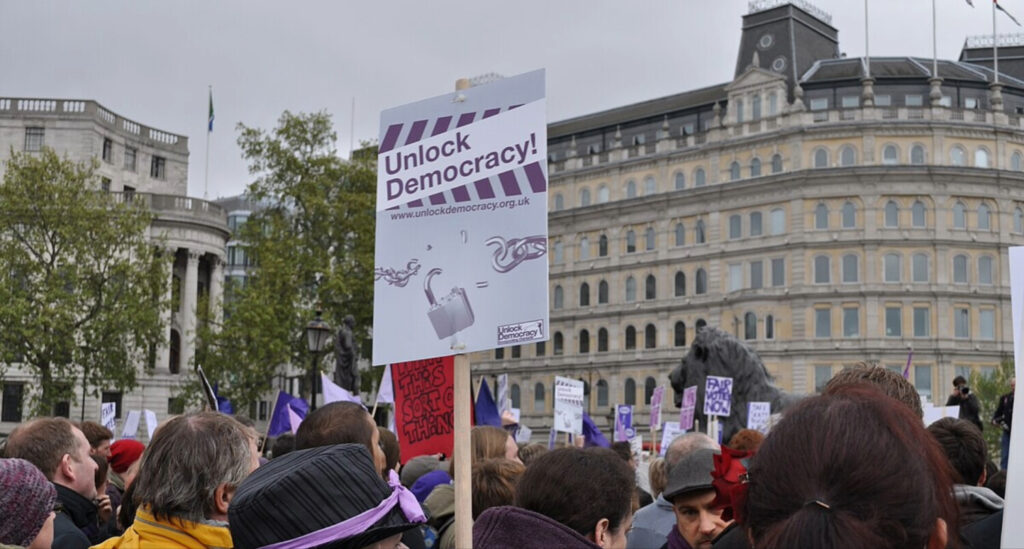Energy Security in the Post-Ukraine War Era: Redrawing the Global Energy Map
Introduction
The 2022 Russian invasion of Ukraine triggered a huge shift in global energy dynamics. Once heavily reliant on Russian fossil fuels, Europe rushed to sever ties, exposing both structural vulnerabilities and opportunities for reform. This rupture has led to a global recalibration of energy security strategies, driving diversification, deepening trans-Atlantic ties, and reshaping geopolitical alignments from Central Asia to the North Sea. As the war pushes into its third year, energy security has evolved from a technical issue into a central pillar of global strategy.
The Collapse of Russian Energy Influence in Europe
Before the war, Russia accounted for roughly 40% of the European Union’s natural gas imports and over 25% of its oil supplies (IEA, 2022). This dependency, cultivated over decades through infrastructure such as the Nord Stream pipelines, gave Moscow substantial geopolitical leverage.
Following the invasion, European governments rapidly sought to reduce this reliance. Imports of Russian pipeline gas fell by more than 80% between early 2022 and mid-2023 (European Commission, 2023). The EU introduced emergency measures, including coordinated gas storage targets and caps on wholesale energy prices. While sanctions directly impacted Russian state revenues, the long-term effect was more profound: Europe began a structural decoupling from Russian hydrocarbons.
Diversification and the Rise of LNG
One of the most significant shifts has been the rise in liquefied natural gas (LNG) imports. The United States, already the world’s top LNG exporter, filled much of the gap. In 2023, U.S. LNG accounted for over 45% of the EU’s total LNG imports (EIA, 2023).
Germany, previously without any LNG terminals, launched its first within 12 months of the invasion. Other European states accelerated the construction of floating regasification units. This rapid build-out demonstrated how geopolitical urgency can overcome institutional constraints.
However, LNG’s growing role has introduced new dependencies. European markets now compete with Asia for limited LNG supply, raising price volatility and complicating long-term planning.
The New Energy Diplomacy
In the absence of Russian supplies, European states are engaging more actively with new partners. Algeria, Qatar, Azerbaijan and Norway have all strengthened ties with the EU through energy deals and diplomatic outreach (Umbach, 2023). The EU’s 2022 Strategic Energy Partnership with Egypt and Israel, for instance, signalled a broader Mediterranean focus in its energy diplomacy.
The UK’s role is distinct. No longer part of EU energy coordination mechanisms post-Brexit, it has focused on bilateral arrangements and its North Sea resources. The North Sea Transition Deal aims to balance fossil fuel extraction with net-zero targets, reflecting the broader energy trilemma: how to ensure security, sustainability, and affordability simultaneously.
From Fossil Fuels to Clean Energy?
While short-term strategies have leaned heavily on fossil fuels, especially LNG, long-term planning has accelerated the push for renewables and green technologies.
The REPowerEU strategy pledged to generate 45% of the EU’s energy from renewables by 2030 (European Commission, 2022). Solar and wind projects are being fast-tracked, while investment in green hydrogen is rising. The war has served as an unintended catalyst for clean energy — although most analysts agree that this transition remains vulnerable to supply chain delays and political headwinds (Tagliapietra et al., 2023).
Similarly, nuclear energy is experiencing a cautious revival. France has reaffirmed its long-term nuclear commitments, while in the UK, the Sizewell C project recently secured £700 million in government funding. In June 2025, Chancellor Rachel Reeves announced that a Labour government would commit an additional £14.2 billion to the project, framing it as a cornerstone of Britain’s long-term energy security and decarbonisation strategy. This would bring the total public investment to around £17.8 billion. However, despite political support, the project continues to face public opposition, lengthy construction timelines, and significant financing challenges.
Geopolitical Implications
Energy is once again a driver of geopolitics, not merely a consequence. Russia’s pivot toward Asia, especially China and India, has helped offset losses from Europe but at a geopolitical cost: Moscow is increasingly a junior partner in the Sino-Russian relationship (Lo, 2023).
Meanwhile, the transatlantic alliance has deepened. U.S. LNG exports to Europe are not only commercial but strategic, reinforcing NATO-aligned states’ energy independence. In 2022, Europe accounted for approximately 64% of total U.S. LNG exports; this share rose to around 66% in 2023 before declining to about 54% in 2024, reflecting changing demand dynamics.
Conclusion
The post-Ukraine war energy landscape is still evolving. Europe’s decoupling from Russian hydrocarbons has triggered a broader reassessment of energy policy worldwide. While short-term fixes have been fossil-based, the medium-term trend is clearly toward renewables, diversification, and regional self-sufficiency.
For countries like the UK, this means embracing a more agile and diversified energy strategy — one that recognises the interlinkage between energy supply, foreign policy, and long-term climate commitments.
The question is no longer whether energy policy is geopolitics — but how states can shape energy security without repeating past mistakes.
References
European Commission (2022) REPowerEU Plan: Joint European Action for more affordable, secure and sustainable energy. Available at: https://ec.europa.eu/commission/presscorner/detail/en/ip_22_3131 (Accessed: 11 June 2025).
European Commission (2023) Energy statistics – 2023 edition. Available at: https://ec.europa.eu/eurostat/statistics-explained/index.php?title=Energy_statistics (Accessed: 11 June 2025).
IEA (2022) Energy Market Report: Europe 2022. Paris: International Energy Agency. Available at: https://www.iea.org/reports/energy-market-report-europe-2022 (Accessed: 11 June 2025).
Lo, B. (2023) Russia and the New Global Energy Order. London: Chatham House. Available at: https://www.chathamhouse.org/publications (Accessed: 11 June 2025).
Tagliapietra, S., Zachmann, G. and McWilliams, B. (2023) Energy in a Fragmented World. Brussels: Bruegel. Available at: https://www.bruegel.org/publications (Accessed: 11 June 2025).
Umbach, F. (2023) The EU’s Energy Diplomacy Post-Ukraine. Berlin: DGAP. Available at: https://dgap.org/en/research/publications (Accessed: 11 June 2025).



